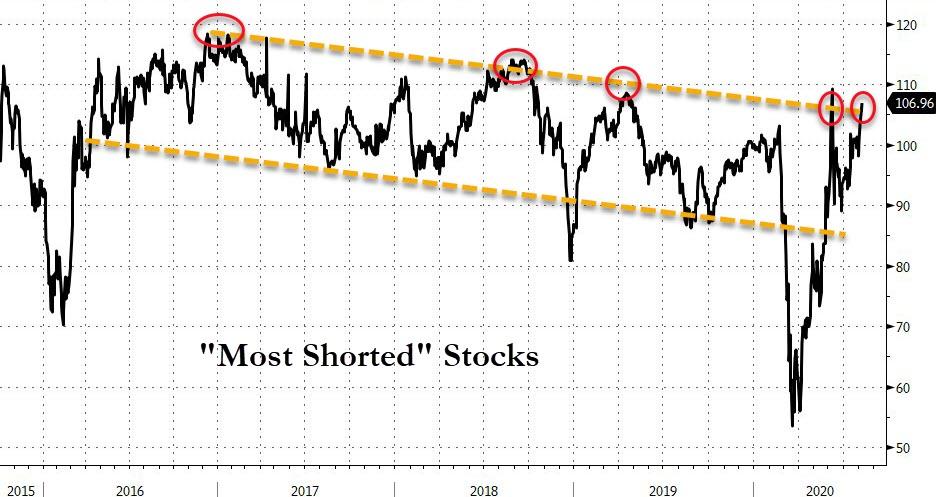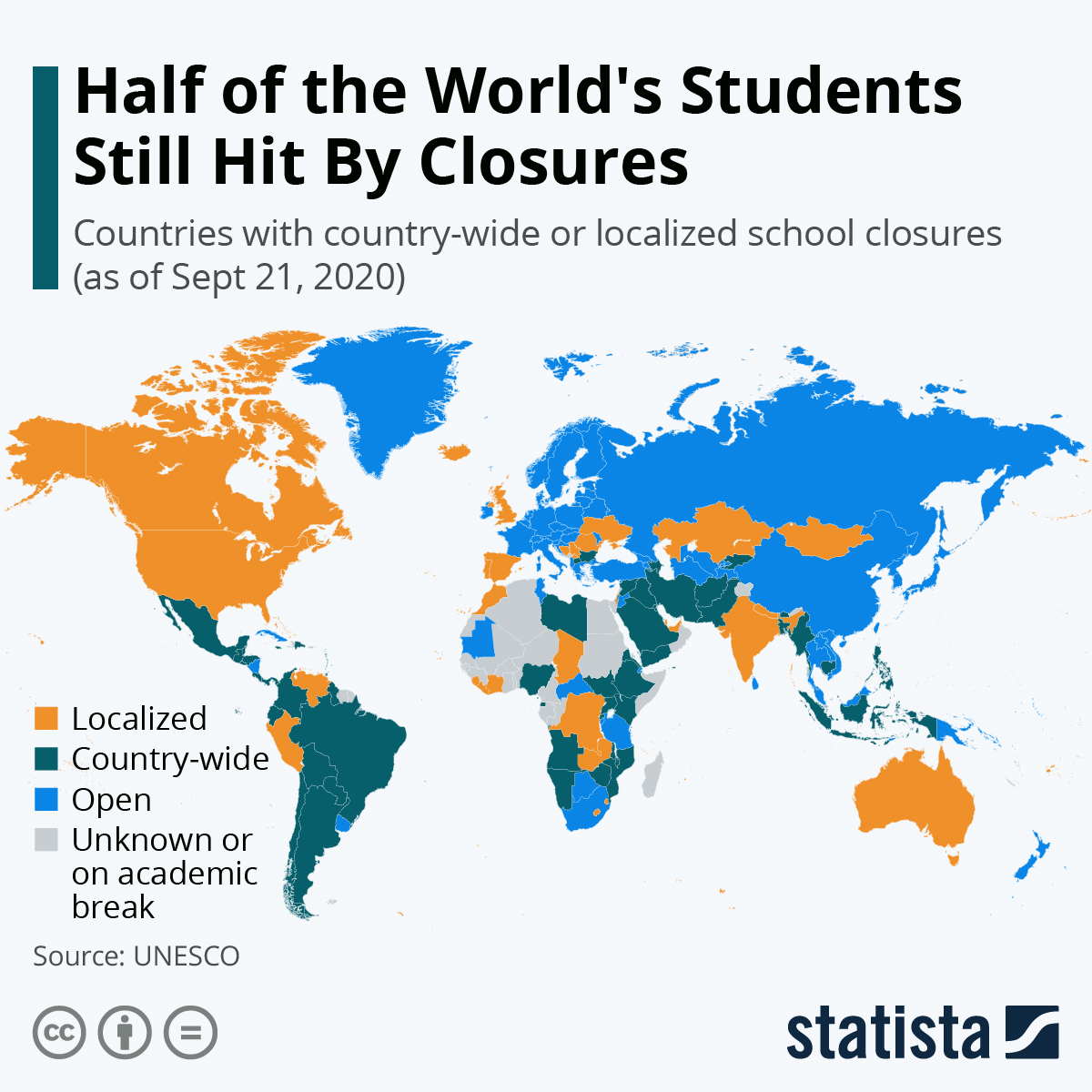Yesterday, I blogged about President Trump’s Payroll Tax Deferral Memorandum. I’ll presume familiarity with the mechanics of the memorandum. This post will consider whether the President has the statutory authority to implement this memorandum.
There are three primary statutes referenced in the memorandum.
Sec. 2. Deferring Certain Payroll Tax Obligations. The Secretary of the Treasury is hereby directed to use his authority pursuant to 26 U.S.C. 7508A to defer the withholding, deposit, and payment of the tax imposed by 26 U.S.C. 3101(a), and so much of the tax imposed by 26 U.S.C. 3201 as is attributable to the rate in effect under 26 U.S.C. 3101(a), on wages or compensation, as applicable, paid during the period of September 1, 2020, through December 31, 2020, subject to the following conditions.
I’ll consider these three statutes in reverse order.
First, 26 U.S.C. 3101(a) imposes a 6.2% payroll tax:
In addition to other taxes, there is hereby imposed on the income of every individual a tax equal to 6.2 percent of the wages (as defined in section 3121(a)) received by the individual with respect to employment (as defined in section 3121(b)).
Second, 26 U.S.C. 3201 establishes the percentage of compensation for certain taxes. It provides, in relevant part:
In addition to other taxes, there is hereby imposed on the income of each employee a tax equal to the applicable percentage of the compensation received during any calendar year by such employee for services rendered by such employee.
Third, 26 U.S.C. 7508A is the most important provision. The section is titled, “Authority to postpone certain deadlines by reason of Presidentially declared disaster or terroristic or military actions.” The IRS relied on this statute to extend the filing date for income taxes from April 15 to July 15.
Section 7508A(a) provides:
In the case of a taxpayer determined by the Secretary to be affected by a federally declared disaster (as defined by section 165(i)(5)(A)) or a terroristic or military action (as defined in section 692(c)(2)), the Secretary may specify a period of up to 1 year that may be disregarded in determining, under the internal revenue laws, in respect of any tax liability of such taxpayer—
(1) whether any of the acts described in paragraph (1) of section 7508(a) were performed within the time prescribed therefor (determined without regard to extension under any other provision of this subtitle for periods after the date (determined by the Secretary) of such disaster or action),
(2) the amount of any interest, penalty, additional amount, or addition to the tax for periods after such date, and
(3) the amount of any credit or refund.
There are a few relevant cross references. Section 165(i)(5)(A) refers to 26 U.S.C. 165(i)(5)(A). That section provides:
The term “Federally declared disaster” means any disaster subsequently determined by the President of the United States to warrant assistance by the Federal Government under the Robert T. Stafford Disaster Relief and Emergency Assistance Act.
In this case, President Trump has declared a disaster pursuant to the Stafford Act.
Section 7508(a) refers to Paragraph 1 of 26 U.S.C. 7508(a). This section provides that certain tax deadlines may be postponed when a person is serving in a combat zone. But more important are the eleven specific acts listed in Paragraph 1 of Section 7508(a). They are:
(A) Filing any return of income, estate, gift, employment, or excise tax;
(B) Payment of any income, estate, gift, employment, or excise tax or any installment thereof or of any other liability to the United States in respect thereof;
(C) Filing a petition with the Tax Court for redetermination of a deficiency, or for review of a decision rendered by the Tax Court;
(D) Allowance of a credit or refund of any tax;
(E) Filing a claim for credit or refund of any tax;
(F) Bringing suit upon any such claim for credit or refund;
(G) Assessment of any tax;
(H) Giving or making any notice or demand for the payment of any tax, or with respect to any liability to the United States in respect of any tax;
(I) Collection, by the Secretary, by levy or otherwise, of the amount of any liability in respect of any tax;
(J) Bringing suit by the United States, or any officer on its behalf, in respect of any liability in respect of any tax; and
(K) Any other act required or permitted under the internal revenue laws specified by the Secretary;
The most important act is subparagraph (B): “Payment of any income, estate, gift, employment, or excise tax or any installment thereof or of any other liability to the United States in respect thereof.”
Let’s put these sections together. 26 U.S.C. 7508A gives the Secretary the authority to “specify a period of up to 1 year that may be disregarded in determining, under the internal revenue laws, in respect of any tax liability of such taxpayer” whether the “Payment of any income, estate, gift, employment, or excise tax or any installment thereof or of any other liability to the United States in respect thereof” was “performed within the time prescribed therefor . . . of such disaster or action.”
Does the act in subparagraph (B) embrace the acts referenced in the memorandum: “withholding, deposit, and payment” of payroll taxes? I am not familiar enough with the mechanics of how payroll tax “withholding, deposit, and payment” works. But if those actions fit within subparagraph (B), then the Secretary can postpone the deadlines for up to a year. The memorandum only includes a four month extension (from September 1, 2020 through December 31, 2020).
These are my tentative thoughts. Please email me if you have a better grasp of tax law than I do.

from Latest – Reason.com https://ift.tt/2XFUzes
via IFTTT















